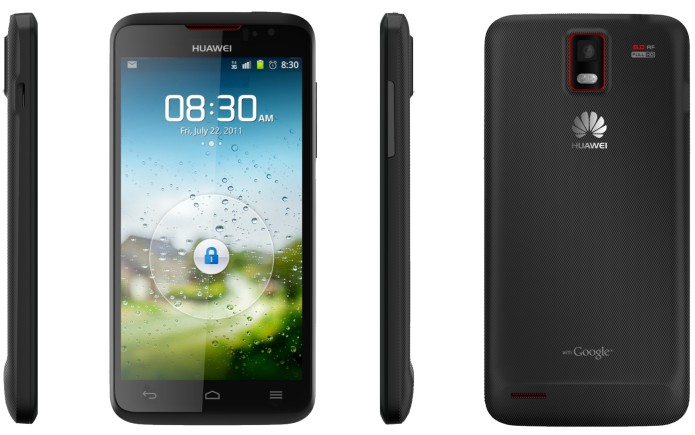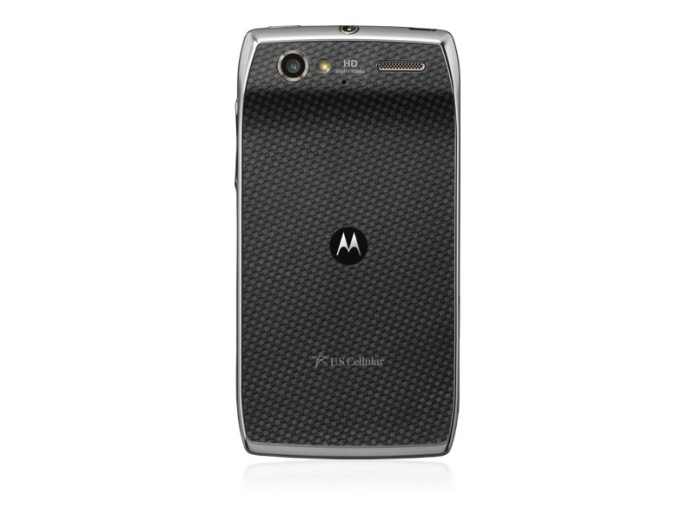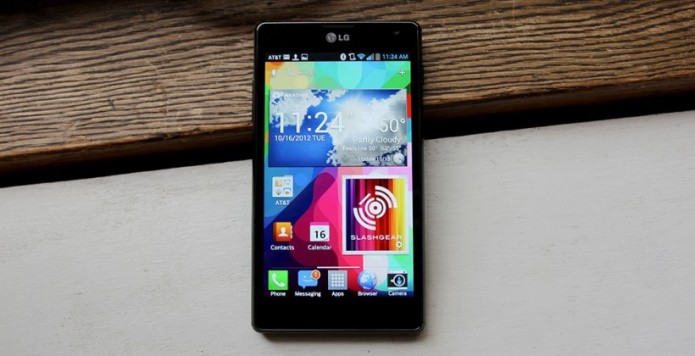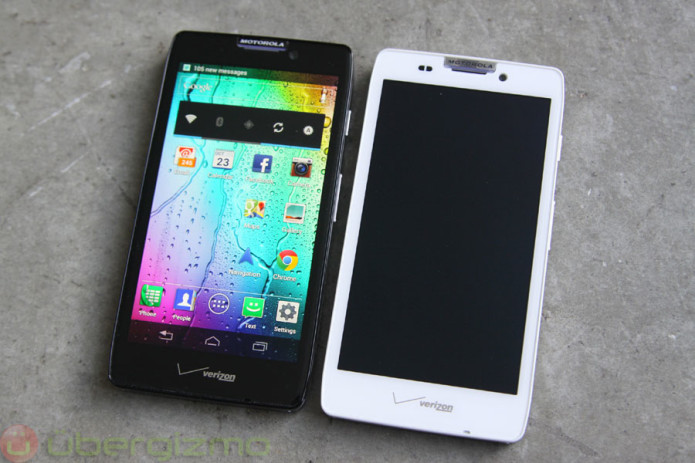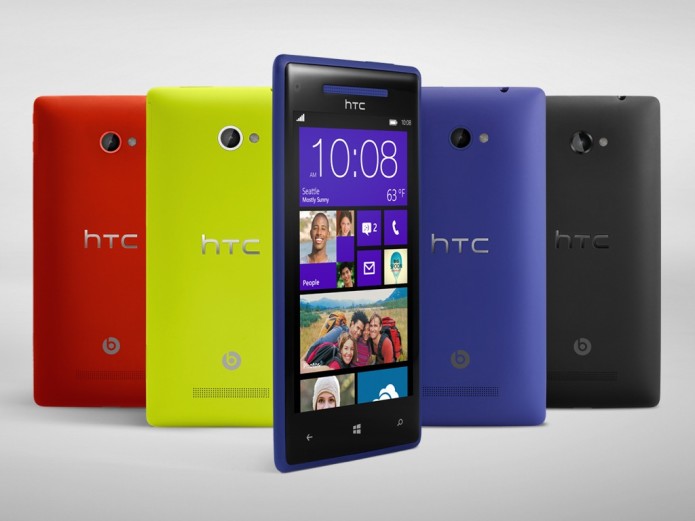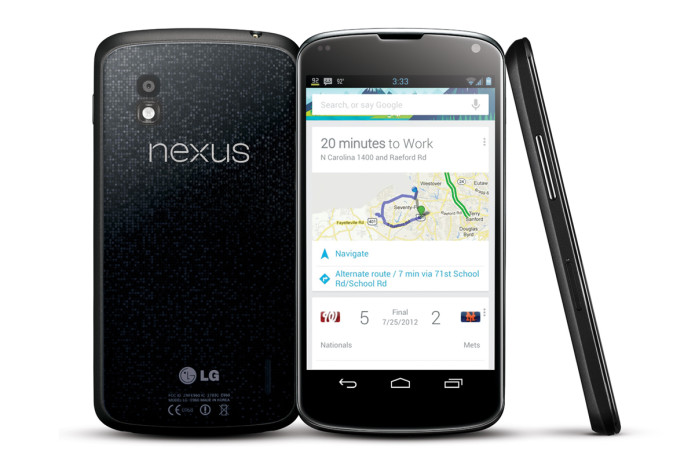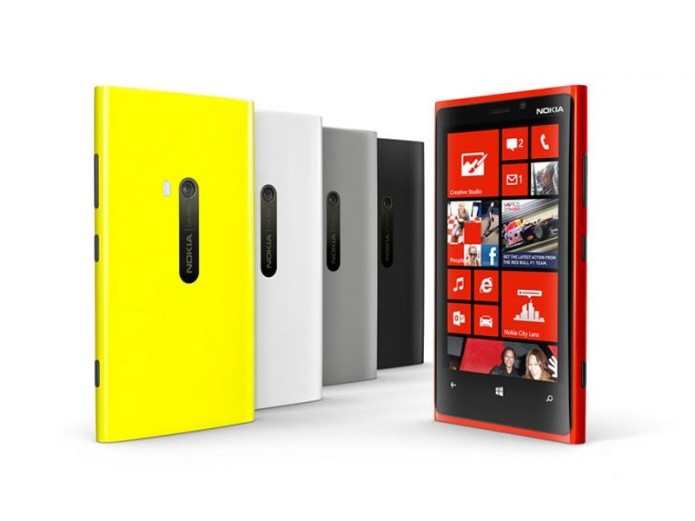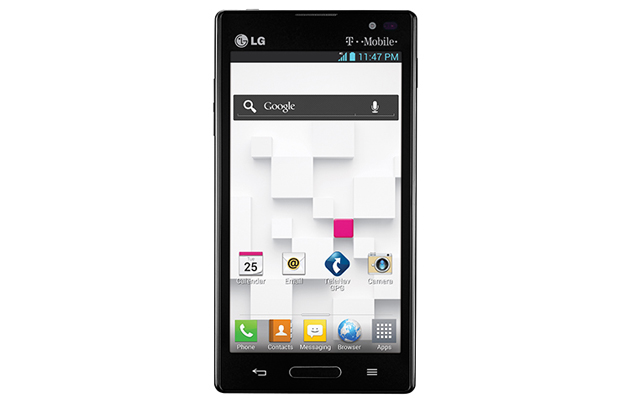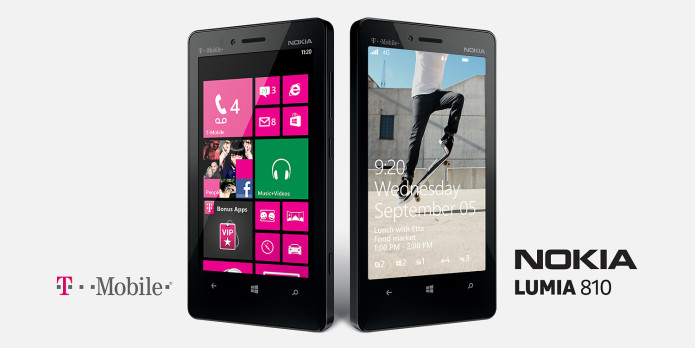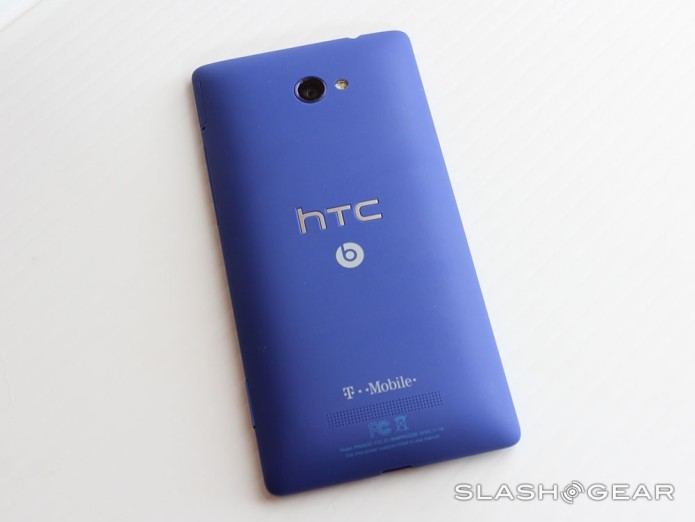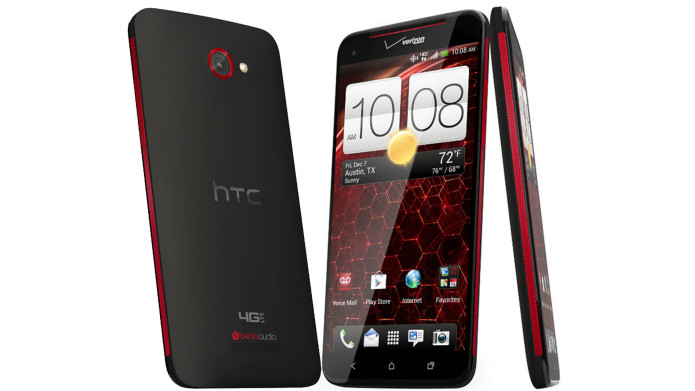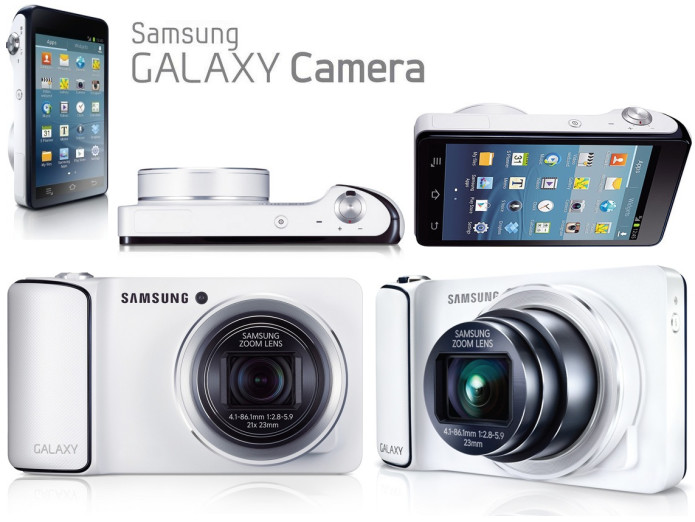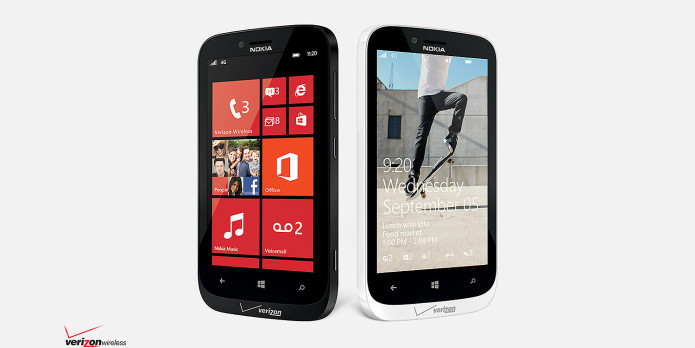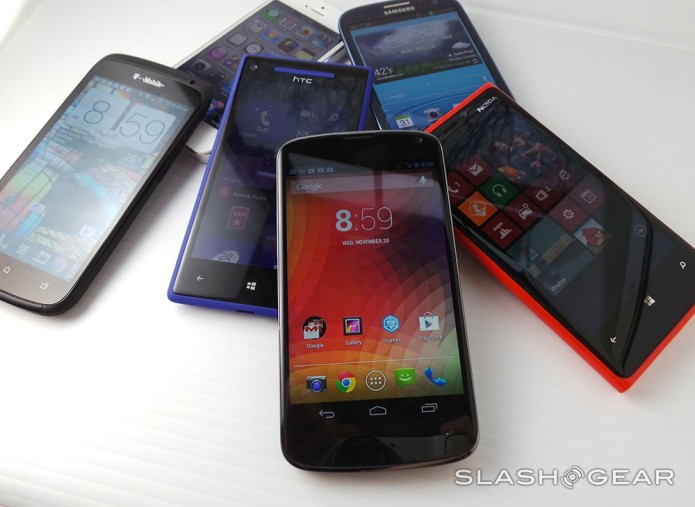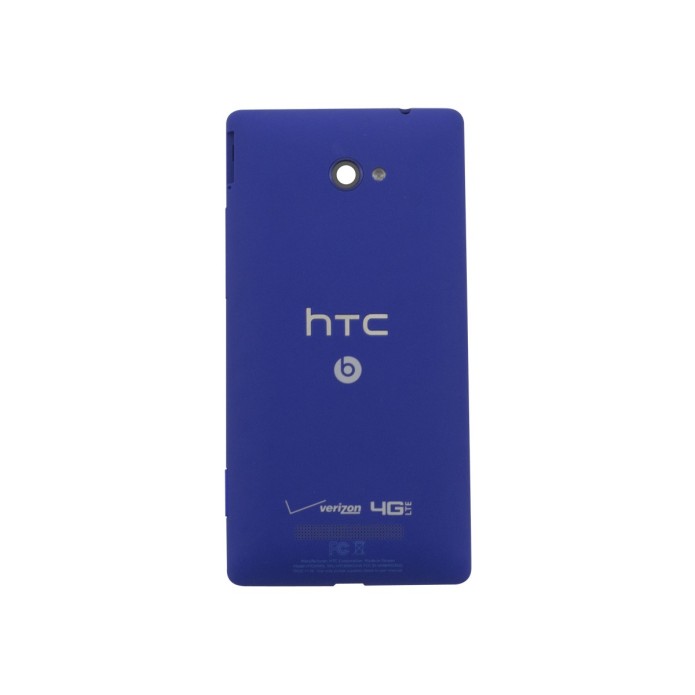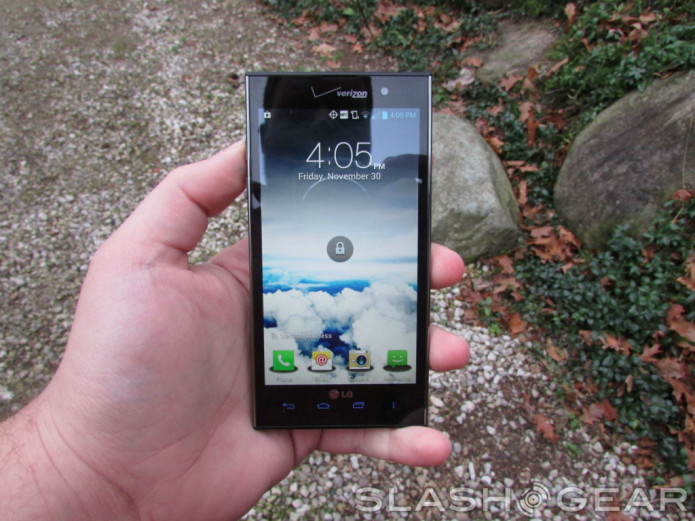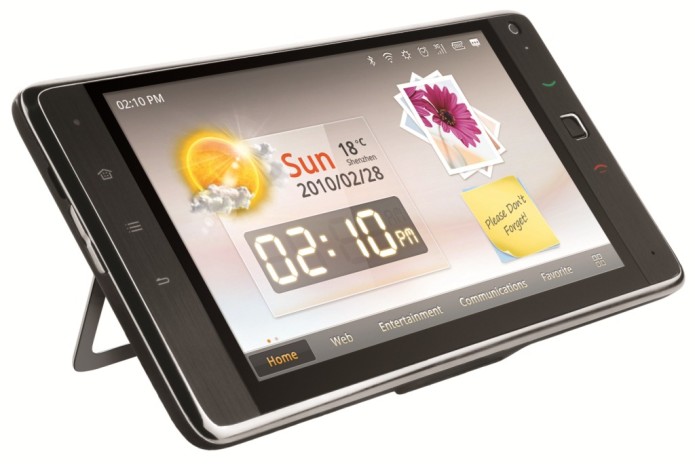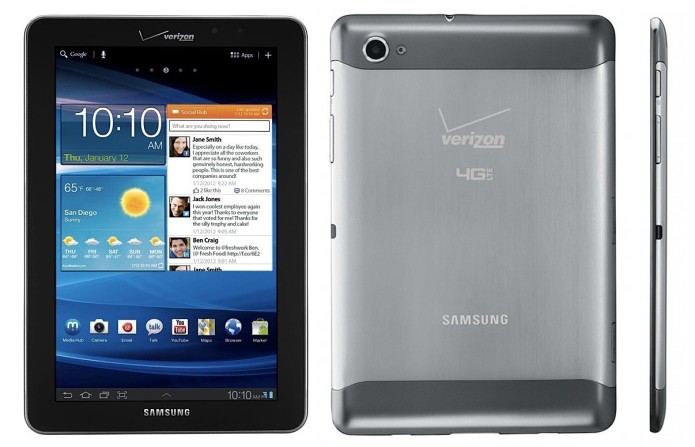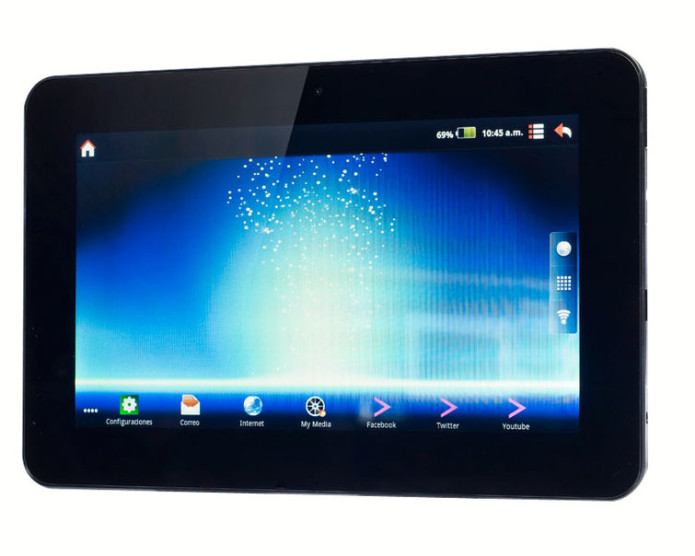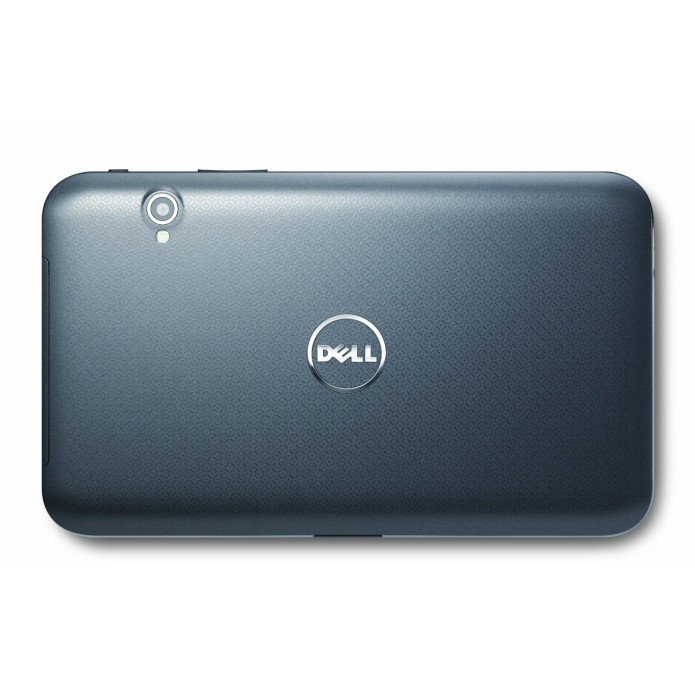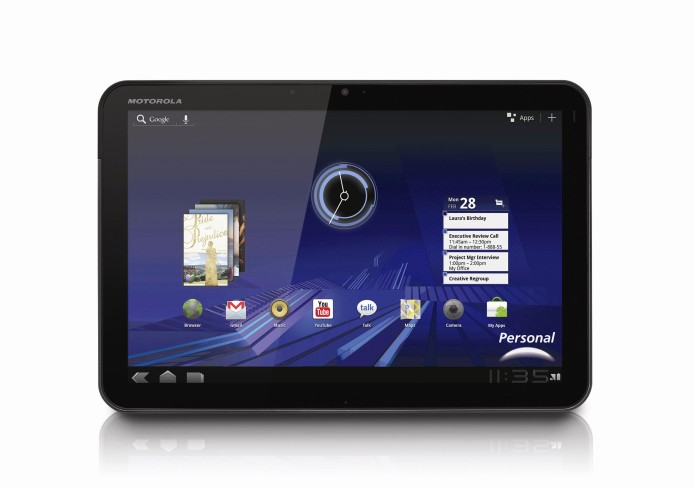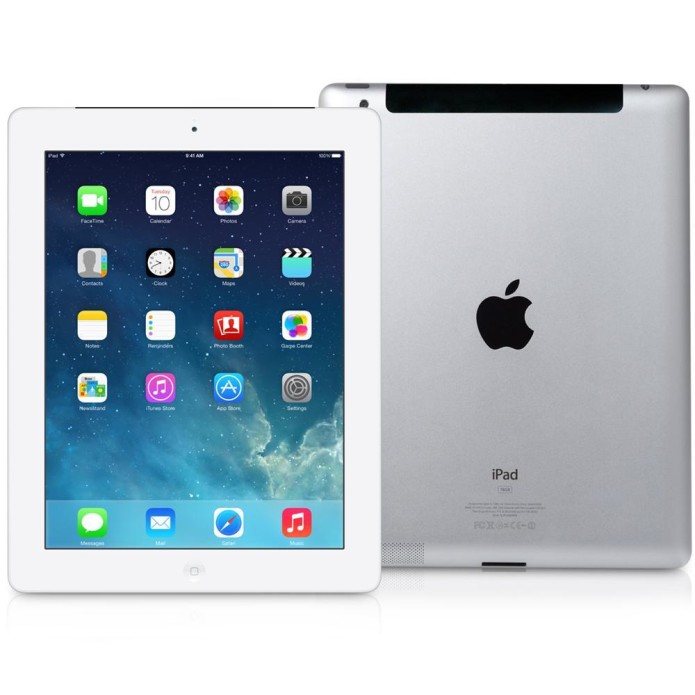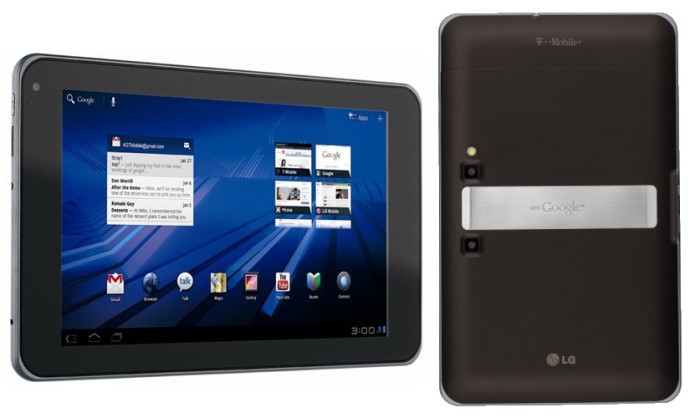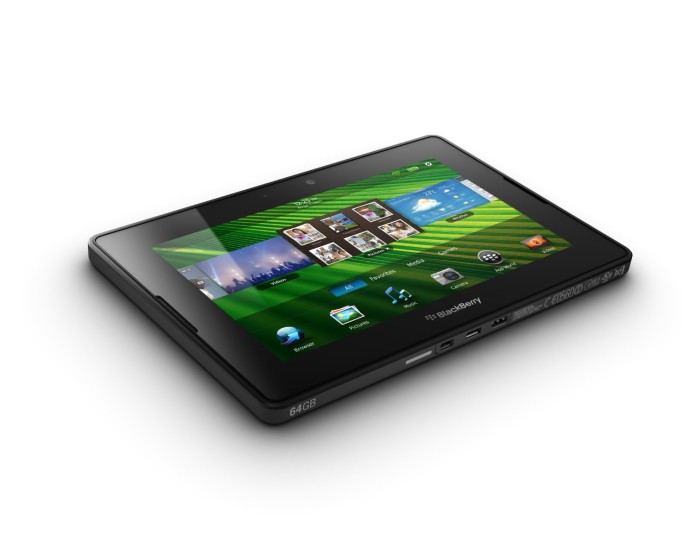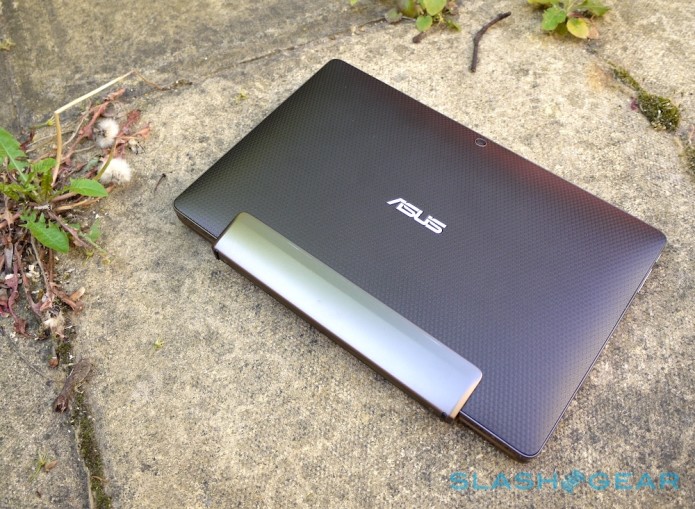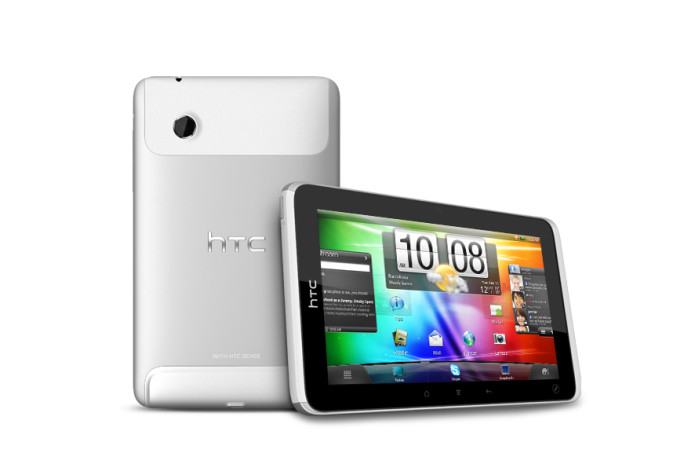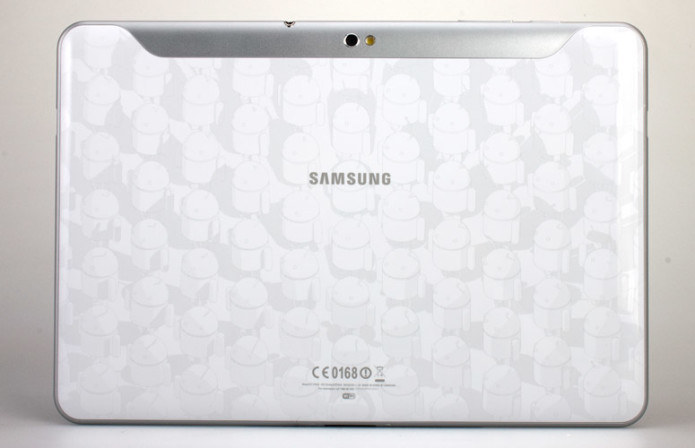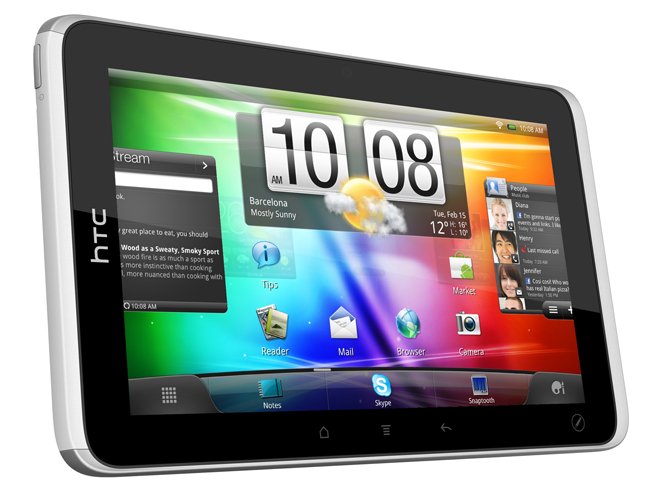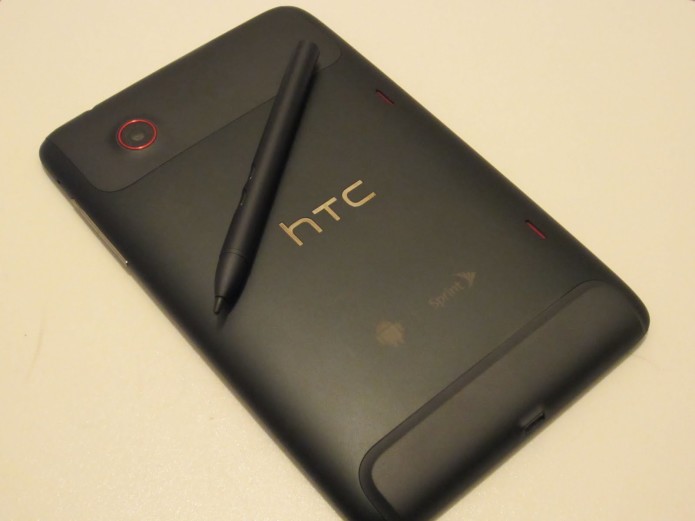HTC has gone all out with the DROID DNA, and it pays dividends: the new Verizon exclusive breaks records with its 1080p display, putting HTC back into the limelight with a legitimate flagship. A Full HD screen, 4G LTE, and a quadcore S4 Pro chipset tick the spec boxes more comprehensively than we’ve ever seen before, though big displays and fast processors do make us worry when the battery is non-removable. Has HTC redeemed itself with the best Android phone on the market, or are the DROID DNA’s ambitions simply ahead of their time? Read on for the full SlashGear review.
Hardware
HTC hasn’t strayed too far from its recent design language with the DROID DNA, and unlike its brightly-colored Windows Phones, the new Android flagship sticks with sober black for its chassis, lightened only with some splashes of red and fine detailing. That’s not to say it’s an ugly phone, nor a badly constructed one. It’s plastic, but HTC’s polycarbonate feels far more impressive than Samsung’s comparatively flimsy materials.
Camera
The DROID DNA’s cameras aren’t unfamiliar to us: HTC used the same 8-megapixel/2.1-megapixel combination on the One X+. The phone is capable of Full HD video recording front and back, and Sense 4+ has various tweaks to improve usability. Self-portrait shots using the front-facing camera now support an optional timer countdown, helping reduce phone-shake when you tap the button, while if you leave the camera app active when you lock the phone, it bypasses the lock screen when you next hit the power button so that you don’t miss your shot.

Those shots turn out to be very good, with plenty of detail albeit with colors slightly more subdued than on other phones we’ve tested of late. Low light performance can’t hold up to the PureView technology on Nokia’s Lumia 920 – you do get an LED flash, though it’s as mediocre as all of its ilk – but daylight shots are solid, and the extra detail we spotted in frames in comparison to what Samsung’s Galaxy S III produced is welcome, especially if you’re subsequently cropping.

The front-facing camera, meanwhile, suffers some from its lower resolution, and pictures can tend toward the grainy. HTC’s vaunted wide-angle lens does what it promises, however, and there’s comfortably room for three people to fit in-frame with the DROID DNA at arm’s length; four people if you’re closely packed in.
[su_youtube url=”https://youtu.be/wioWSz2Sp3U”]
[su_youtube url=”https://youtu.be/hbdm3POkQTk”]
[su_youtube url=”https://youtu.be/MRGFDLXUXZI”]
As for video, it has the same balance of extra detail though slightly less saturated colors as we’ve seen in the HTC’s stills, but is watchably smooth and the twin microphones are sensitive. Both video and still capture buttons are on-screen throughout, meaning you can grab a still shot without interrupting video recording.
[su_slider source=”media: 4747,4748,4749,4750,4751,4752,4753″ height=”400″ title=”no”]
…
Read full post here:
https://www.slashgear.com/droid-dna-review-16257403/


